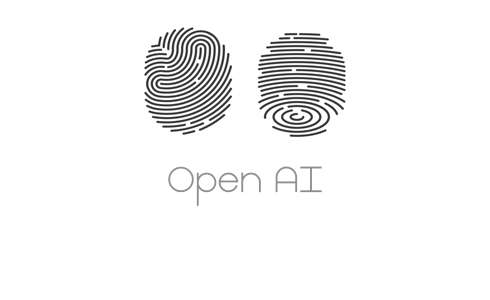What is OpenAI and its dangers

OpenAI is a research organization that was founded in December 2015 by a group of influential technology leaders, including Elon Musk, Sam Altman, Greg Brockman, and others. The organization is focused on developing artificial intelligence in a way that is safe and beneficial for humanity. OpenAI’s mission is to create AGI (artificial general intelligence) that is capable of outperforming human beings in virtually every cognitive task.
OpenAI has become one of the most influential organizations in the AI industry, due to its focus on long-term research and development. The organization has developed a number of cutting-edge AI technologies, including the OpenAI GPT (Generative Pre-trained Transformer) series, which is a language model that is capable of generating highly sophisticated and realistic text.
The GPT series has been used to create a variety of applications, including language translation, content creation, and text-based chatbots. It has also been used to create highly realistic chatbots that are capable of mimicking human conversation. OpenAI’s GPT-3, the latest version of the GPT series, has been hailed as a significant breakthrough in the field of natural language processing (NLP).
OpenAI has also been working on developing AI technologies that can be used for a variety of other applications. For example, the organization has developed an AI system that is capable of playing complex video games at a level that is comparable to top human players. This system, known as OpenAI Five, was able to defeat a team of professional human players in a game of Dota 2.
OpenAI’s research has also focused on creating AI systems that are capable of solving complex problems in a way that is more efficient than human beings. For example, the organization has developed an AI system that is capable of designing highly efficient computer chips, which is a task that typically requires years of human expertise.
One of the key focuses of OpenAI’s research is ensuring that AI is developed in a way that is safe and beneficial for humanity. The organization has been a vocal advocate for ethical and responsible AI development, and has even created a set of guidelines for ethical AI development that it encourages other organizations to follow.
In conclusion, OpenAI is an influential organization that is focused on developing AI in a way that is safe and beneficial for humanity. The organization has developed cutting-edge AI technologies, including the GPT series, and has been a vocal advocate for ethical and responsible AI development. As AI continues to play an increasingly important role in our lives, organizations like OpenAI will be essential in ensuring that it is developed in a way that benefits us all.
POSSIBLE DANGERS OF AI
Artificial intelligence (AI) has the potential to revolutionize the world and bring about significant benefits in a variety of fields, from healthcare to transportation to finance. However, the development of AI also poses significant risks and dangers to society, which must be carefully considered and managed. In this essay, we will discuss some of the most significant dangers of AI.
One of the most significant dangers of AI is the risk of job displacement. As AI becomes more advanced and capable, it has the potential to replace human workers in a variety of industries, from manufacturing to customer service to transportation. This could lead to significant unemployment and social disruption, particularly for low-skilled workers who are most at risk of being replaced by AI.
Another danger of AI is the potential for biases and discrimination. AI algorithms are only as unbiased as the data they are trained on, and if the data used to train an AI system is biased or discriminatory, the resulting system will also be biased or discriminatory. This can have significant implications in fields such as hiring, criminal justice, and healthcare, where biased AI algorithms can perpetuate existing inequalities and injustices.
AI also poses a significant threat to privacy and security. As AI becomes more advanced and capable, it will be able to process and analyze vast amounts of data from a variety of sources, including social media, IoT devices, and surveillance cameras. This could lead to significant invasions of privacy, as well as the potential for malicious actors to exploit vulnerabilities in AI systems for their own gain.
Another danger of AI is the potential for autonomous weapons. As AI becomes more advanced and capable, it could be used to create autonomous weapons systems that are capable of making decisions and taking actions without human intervention. This could lead to a new arms race, as countries compete to develop the most advanced and deadly autonomous weapons systems, with potentially catastrophic consequences.
Finally, there is the risk of existential risk posed by AI. As AI becomes more advanced and capable, there is a risk that it could surpass human intelligence and become a threat to humanity. This could occur if AI systems develop their own goals and motivations that are not aligned with human values, or if they are designed to pursue goals that are ultimately harmful to human well-being.
In conclusion, while the development of AI has the potential to bring about significant benefits to society, it also poses significant risks and dangers that must be carefully managed. These risks include job displacement, biases and discrimination, privacy and security threats, autonomous weapons, and existential risks. To ensure that AI is developed in a way that is safe and beneficial for humanity, it is essential that we carefully consider and manage these risks.
0 Comments